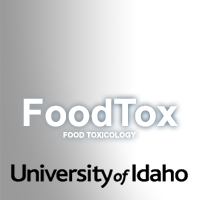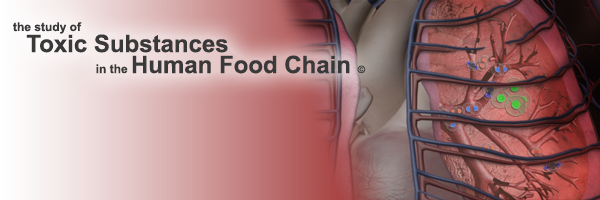

Lecture 4 - Pesticide Residues in Food
Learning Objectives
- Develop an introductory understanding of pesticide use and monitoring in the human food chain.
- Know the major classes of pesticides.
- Understand the legal basis for monitoring of pesticides and their use.
- Comprehend the risk vs. benefits analysis of FIFRA and FQPA.
Listen online or Download audio LecturesDownload audio Lectures
Advance Reading
- Shibamoto & Bjeldanes, pp 211-227
- Hughes, pp 127-132 (Pesticides).
- USEPA "What is a Pesticide?".
- Familiarize yourself with the USEPA Office of Pesticide Programs Home Page.
- Case Study: Aldicarb in Watermelons
Suggested Reading
- Pesticides in the Diets of Infants and Children, National Academy of Sciences, Commission on Life Sciences, 1993.
- USGS Annual Pesticide Use Maps.
- Environmental Working Group, A Shopper's Guide to Pesticides in Produce.
- EXTOXNET site review.
- USDA, AMS Pesticide Data Program.
- FQPA USEPA
Resources
Keywords
- Pesticide
- Insecticide
- Herbicide
- Fungicide
- Rodenticide
- Bio-pesticide
- FIFRA
- FQPA
- Aggregate exposure
- Additive (common mechanism) toxicity
- Endocrine disruption
- Right-to-know
- Reference dose
- Daily intake
- Tolerance
- Section 18
- Theoretical maximum residue
- "Reasonable certainty of no harm"
- Integrated pest management
- Safer, reduced risk pesticides

ETox is licensed under a Creative Commons Attribution-NonCommercial-NoDerivatives 4.0 International License.